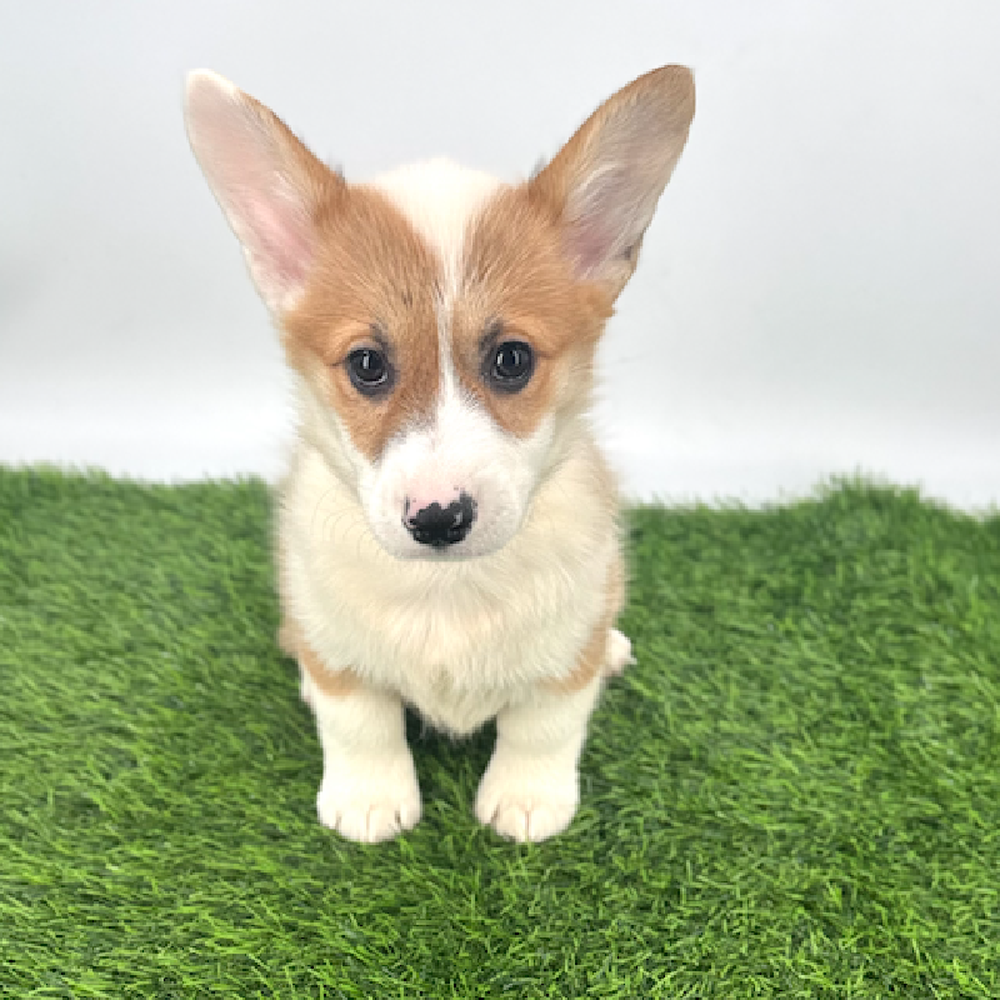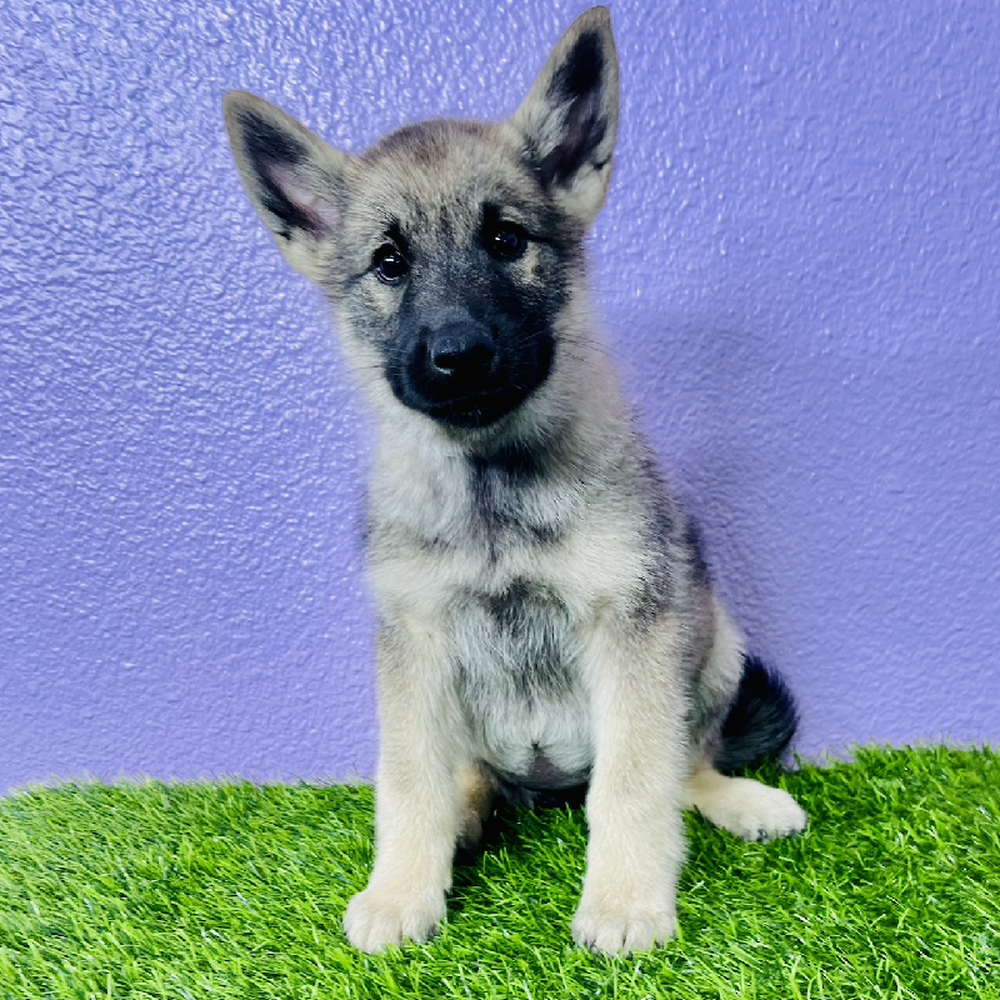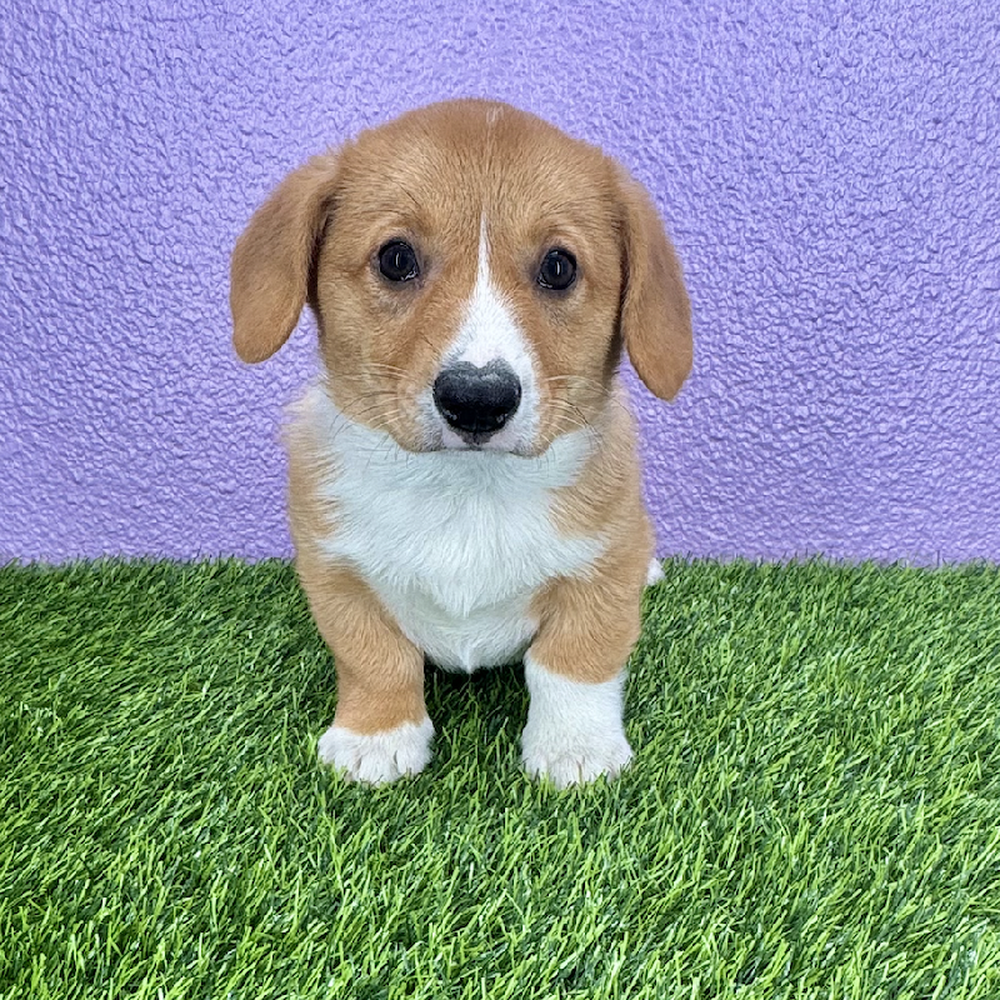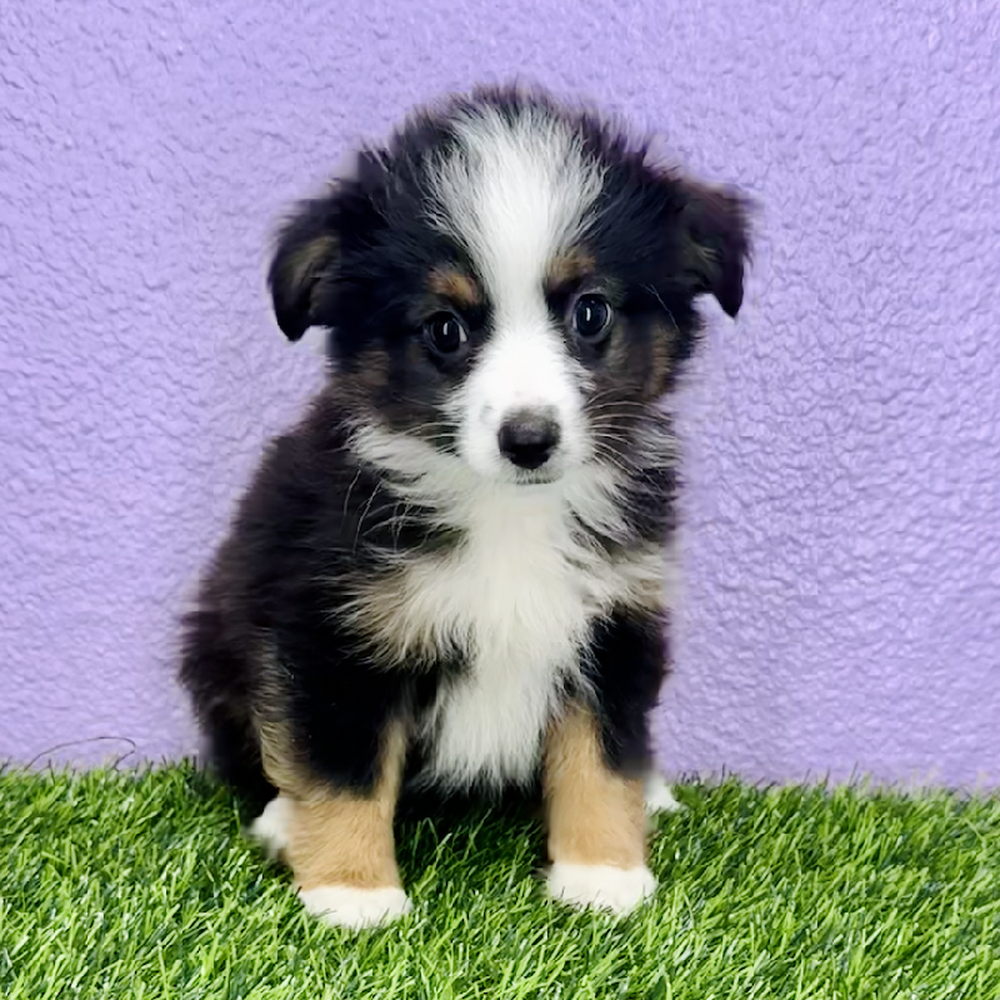Old English Sheepdog
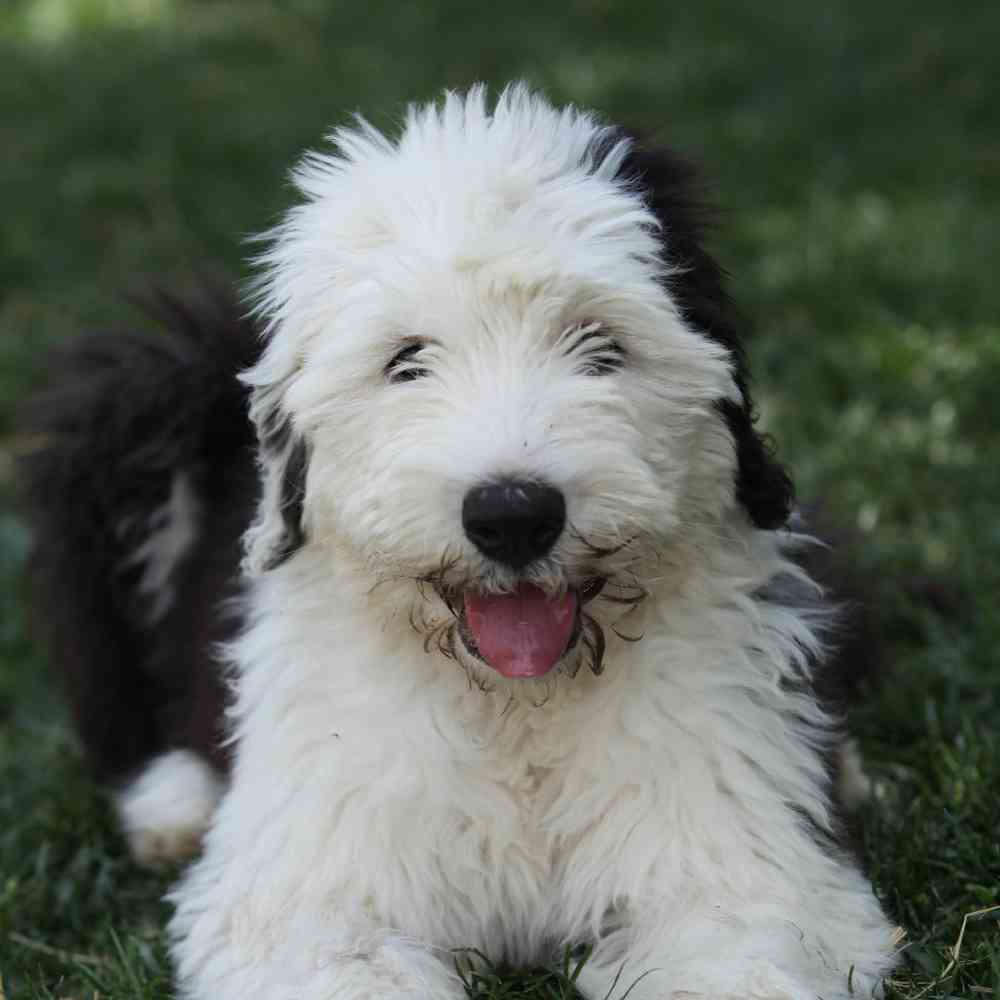
AKC Registrable
Old English Sheepdog
The Old English Sheepdog is the archetypical shaggy dog, famous for his profuse coat and peak-a-boo hairdo, a distinctive bear-like gait, and a mellow, agreeable nature. The OES is a big, agile dog who enjoys exploring and a good romp.
Available Puppies
All our Pets have found their homes. Please enter your contact information below so we can get in touch with you when we have found the perfect Pets for your family.
Breed Info
Clubs, Registries & Associations
American Canine Association Continental Kennel Club Universal Kennel Club International American Kennel Club United All Breed Registry America's Pet Registry, Inc. United Kennel Club (Based on breed recognition. See store for details on this particular puppy.)
Group
Herding
Heritage
Originating sometime in the 18th century in England, the Old English Sheepdog was developed from several herding types of dogs of that time. This breed’s job was to herd sheep and cattle into major city markets.
Description
Large, 20-24” (or more) at the shoulders, weighing anywhere from 60-100 pounds. Their double coat is long and full, with an over coat that is shaggy and textured, and an under coat that is waterproof and soft. The coat colors can be blue, blue gray, blue merle, gray, gray with white markings, white with gray markings, and grizzle.
Health Awareness
The Old English Sheepdog has a life expectancy of 10-12 years. This breed is also prone to cataracts and hip dysplasia.
Personality
The Old English Sheepdog is amiable, loyal, friendly, trustworthy and gentle … although they are a herding breed and may be prone to herding the humans around them by bumping them. You’ll need to teach them not to herd you and your family. They are highly intelligent and can be strong-willed requiring your consistent and humane leadership guidance.
Exercise/Energy Level
They are athletic.
Additional Information
Grooming Requirements: The Old English Sheepdog requires brushing their long coat at least every other day (preferably daily) to prevent tangles and matting, as well as helping to prevent skin problems. Many people have their Old English Sheepdog professionally clipped to keep the coat short. Coat: Long and shaggy. Shedding: Light to moderate shedding. Hypoallergenic: No, due to shedding. Apartment Living: Yes, suitable for apartment living as long as a daily walk, run or jog is provided. Lap Dog: No Good With Children: Good with all children. Good With Other Pets: Generally good with other pets.
Breed Standard
General Appearance
A strong, compact, square, balanced dog. Taking him all around, he is profusely, but not excessively coated , thickset, muscular and able-bodied. These qualities, combined with his agility, fit him for the demanding tasks required of a shepherd's or drover's dog. Therefore, soundness is of the greatest importance. His bark is loud with a distinctive "pot-casse" ring in it.
Size, Proportion, Substance
Type, character and balance are of greater importance and are on no account to be sacrificed to size alone. Size-- Height (measured from top of withers to the ground), Dogs: 22 inches (55.8 cm) and upward. Bitches: 21 inches (53.3 cm) and upward. Proportion-- Length (measured from point of shoulder to point of ischium (tuberosity) practically the same as the height. Absolutely free from legginess or weaselness. Substance-- Well muscled with plenty of bone.
Head
Head-- A most intelligent expression. Eyes-- Brown, blue or one of each. If brown, very dark is preferred. If blue, a pearl, china or wall-eye is considered typical. An amber or yellow eye is most objectionable. Ears-- Medium sized and carried flat to the side of the head. Skull-- Capacious and rather squarely formed giving plenty of room for brain power. The parts over the eyes (supra-orbital ridges) are well arched. The whole well covered with hair. Stop-- Well defined. Jaw-- Fairly long, strong, square and truncated. Attention is particularly called to the above properties as a long, narrow head or snipy muzzle is a deformity. Nose-- Always black, large and capacious. Teeth-- Strong, large and evenly placed. The bite is level or tight scissors.
Neck, Topline, Body
Neck-- Fairly long and arched gracefully. Topline-- Stands lower at the withers than at the loin with no indication of softness or weakness. Attention is particularly called to this topline as it is a distinguishing characteristic of the breed. Body-- Rather short and very compact, broader at the rump than at the shoulders, ribs well sprung and brisket deep and capacious. Neither slab-sided nor barrel-chested. The loin is very stout and gently arched. Tail-- Docked close to the body, when not naturally bob tailed.
Forequarters
Shoulders well laid back and narrow at the points. The forelegs dead straight with plenty of bone. The measurements from the withers to the elbow and from the elbow to the ground are practically the same.
Hindquarters
Round and muscular with well let down hocks. When standing, the metatarses are perpendicular to the ground when viewed from any angle.
Feet
Small and round, toes well arched, pads thick and hard, feet pointing straight ahead.
Coat
Profuse, but not so excessive as to give the impression of the dog being overly fat, and of a good hard texture; not straight, but shaggy and free from curl. Quality and texture of coat to be considered above mere profuseness. Softness or flatness of coat to be considered a fault. The undercoat is a waterproof pile when not removed by grooming or season. Ears coated moderately. The whole skull well covered with hair. The neck well coated with hair. The forelegs well coated all around. The hams densely coated with a thick, long jacket in excess of any other part. Neither the natural outline nor the natural texture of the coat may be changed by any artificial means except that the feet and rear may be trimmed for cleanliness.
Color
Any shade of gray, grizzle, blue or blue merle with or without white markings or in reverse. Any shade of brown or fawn to be considered distinctly objectionable and not to be encouraged.
Gait
When trotting, movement is free and powerful, seemingly effortless, with good reach and drive, and covering maximum ground with minimum steps. Very elastic at a gallop. May amble or pace at slower speeds.
Temperament
Adaptable, Gentle, Smart
Overview
About
Beneath the Old English Sheepdog’s profuse double coat is a muscular and compact drover, with plenty of bone and a big rump, standing 21 or 22 inches at the shoulder. Their eyes (when you can see them) are dark brown, or blue, or one of each. The OES breed standard says the skull is “capacious and rather squarely formed, giving plenty of room for brain power.” OES move with a bear-like shuffle but are famous for their nimbleness afoot. Regular exercise is required for these strong, able-bodied workers. Equally famed are their many fine housedog qualities: watchfulness, courage, kindliness, and intelligence. Great with children, OES make patient, protective playmates. They are sensible watchdogs known for a loud, ringing bark.
History
The Old English Sheepdog, like the Bulldog and Collie, stands among the truly iconic dogs of the British Isles. The “Bobtail,” as the breed is often known, was most likely developed in the west of England, in the counties of Devon and Somerset and the Duchy of Cornwall. The name Old English Sheepdog is something of a misnomer. As a creature of the late 1700s, the OES is not particularly old by canine standards. By blood, they aren’t fully English; possible OES component breeds include dogs of Scotch, European, and Russian ancestry. And, technically, they aren’t even sheepdogs: OES were employed primarily as drovers who moved cattle over dusty country roads, from the pasture to town markets. In Germany, around the same time, the Rottweiler was building a similar reputation as a “butcher’s dog.” In some pastures, shepherds would shear the OES blue-gray and white coat once a year and use the clippings to make yarn for clothing. With their full coat, free and powerful gait, and warm personality, OES show well in the ring. They were present at the sport’s very beginnings. Stockmen have been exhibiting their OES in England since 1865. The AKC registered its first OES in 1888, and in 1914 the breed made its debut appearance in the winner’s circle at Westminster Kennel Club. Their looks and intelligence make OES natural actors, seen to good effect in Disney’s “The Shaggy Dog” and “The Shaggy D.A.” Among the most famous real-life OES was Paul McCartney’s Martha, who inspired the Beatles song “Martha My Dear.”
Standard
A strong, compact, square, balanced dog. Taking him all around, he is profusely, but not excessively coated, thickset, muscular and able-bodied. These qualities, combined with his agility, fit him for the demanding tasks required of a shepherd’s or drover’s dog. Therefore, soundness is of the greatest importance. His bark is loud with a distinctive “pot-casse” ring in it.
Nutrition
The Old English Sheepdog should do well on a high-quality dog food, whether commercially manufactured or home-prepared with your veterinarian’s supervision and approval. Any diet should be appropriate to the dog’s age (puppy, adult, or senior). Some dogs are prone to getting overweight, so watch your dog’s calorie consumption and weight level. Treats can be an important aid in training, but giving too many can cause obesity. Learn about which human foods are safe for dogs, and which are not. Check with your vet if you have any concerns about your dog’s weight or diet. Clean, fresh water should be available at all times.
Grooming
The coat is what attracts most people to the Old English Sheepdog. The breed is double-coated and requires a thorough grooming down to the skin, over the entire dog, at least weekly to maintain their full coats. “Puppy trims” are good options for pet dogs, but they also require regular brushing between baths and haircuts. Keeping the feet clipped (“Poodle feet”) will minimize problems and cleanup. Potential owners need to be prepared to spend the time required to do this, or pay a professional groomer, for several sessions each month for the life of the dog. As with all breeds, the nails should be trimmed regularly.
Exercise
This is a breed that requires some physical activity. There is a wide variance in the activity levels, but all require some regular exercise. Fortunately, they do have an “off switch” when they come indoors.
Training
One longtime breeder advises, “Never allow your puppy to do something that you would not want a large, shaggy, wet, possibly muddy dog doing in your house.” All OES puppies are adorable, and all grow up to be large, shaggy dogs. Most Old English Sheepdogs are quite intelligent and have a biddable nature. After they learn something, they do not forget it. They do get bored with repetitive, robotic training exercises. If you want to participate in some of those activities, you need to change things up and make it new and fun. As with all dogs, early socialization in puppyhood is vital.
Health
Responsible breeders screen their stock for health conditions such as hip dysplasia, eye conditions (PRA and hereditary cataracts), autoimmune thyroiditis, cardiac anomalies, and hereditary deafness. Fortunately, DNA tests now exist for cerebellar ataxia and primary ciliary dyskinesia, two deadly diseases that breeders can avoid producing simply by identifying carriers and not breeding them to other carriers. DNA tests are also available for drug sensitivity and exercise-induced collapse.
Trivia
Interesting To Know
Because the Old English Sheepdog tolerates cold weather, they are often used for reindeer herding. Some puppies are born without a tail and some tails are docked (docking is illegal in Europe) and have earned the nickname "Bobtail". 18th century farmers began the practice of docking tails because the short tail signaled working status and the farmers then earned a tax exempt status.


